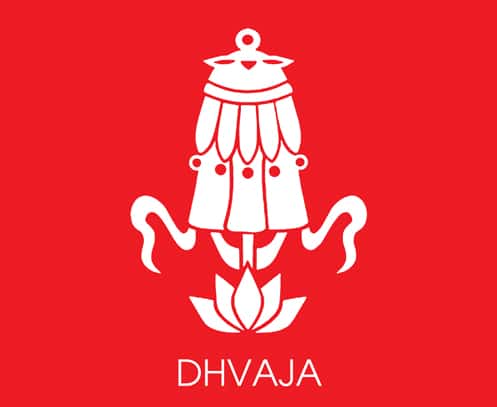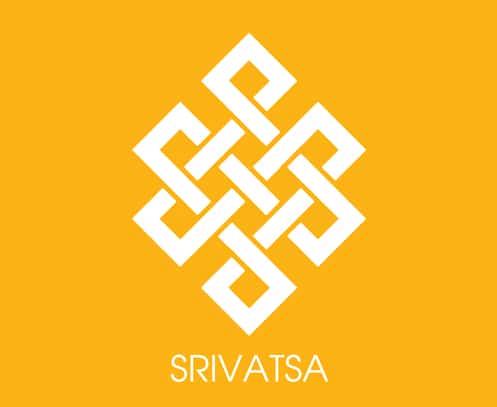
The House system is a long standing tradition that creates competition, promotes good work and behaviour, encourages teamwork, provides opportunities to take on responsibilities and brings everyone in the school together. Students are awarded house points for academic, extra-curricular and pastoral activities in daily school life. The house points build towards certificates of achievement for individuals and develop self-confidence and team pride, leading to house pride. Quizzes, competitions and sports activities in which house teams compete against each other to earn house points, are the essence of house competitions. These activities run in conjunction with different departments in the school, enabling students to demonstrate their prowess in Poetry, Drama, Languages, Humanities, Maths, Science, Sports, Music, Debating and Literature.
SAI International Residential School has four houses in its House System: Dhvaja, the Red House, Srivatsa, the Yellow House, Vajra, the Blue House and Chakra, the Green House. The overall best performing House of the year is declared at the end of each year. Each student contributes in adding points towards being the best performing House.

The flag of victory also denotes Buddha’s triumph over Mara, who personifies hindrances on the path to spiritual realization. Specifically, there are said to be four types of Maras, each one representing an individual hurdle on the path to spiritual progress. These are Mara of Emotional Defilement, Mara of Passion, Mara of the Fear of Death, Mara of Pride and Lust. It was only after conquering these four negative traits that Buddha could proclaim victory over ignorance, and achieve nirvana.

In Tibetan Buddhism, Srivatsa is a classic symbol of the way in which all phenomena are interdependent with each other and depend on the causes and conditions that are represented by the geometric lines that intersect each other. Having neither beginning nor end it also symbolizes the infinite knowledge and wisdom and eternity of his teachings.

Vajra is a Sanskrit word meaning both thunderbolt and diamond that symbolizes the essence and purity of the teachings. Almost a scepter, vajra is often drawn in the hands of the Buddha. The spokes of the vajra may be, 4, 6 or 8 with different symbols. It represents the method and the energy.

The Dharmachakra or the 8-spoked wheel is the symbol for Buddha turning the Wheel of Truth or the Wheel of Law. The word dharma means truth or law and the word chakra means wheel. It is one of the oldest known Buddhist symbols. The story has it that as soon as Buddha achieved the state of enlightenment, Brahma the Hindu God of Creation asked him to teach. Brahma, offered him a Dharmachakra and Buddha became the Wheel Turner. Each time Buddha turns the wheel to begin a new cycle of teachings, he changes the course of destiny.
